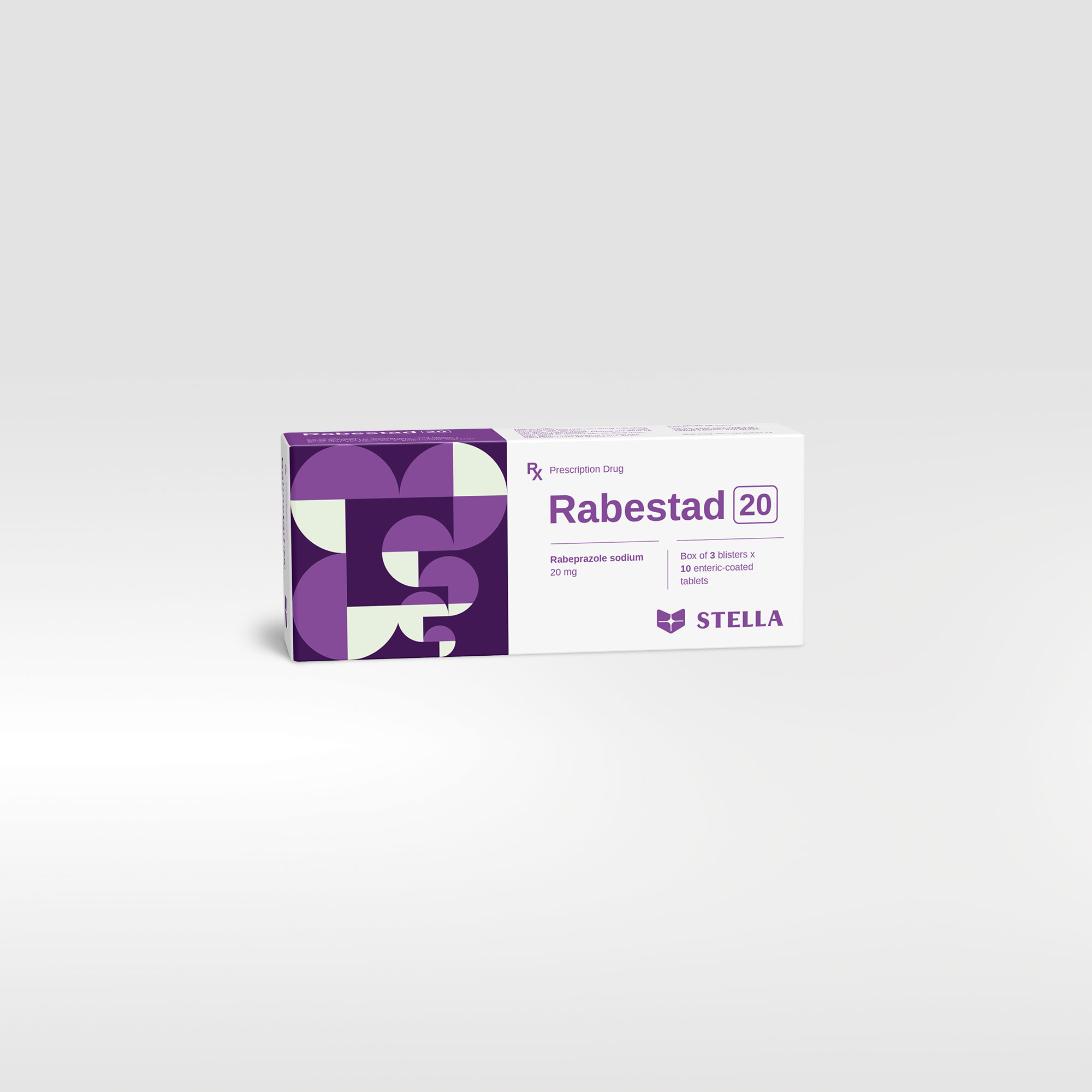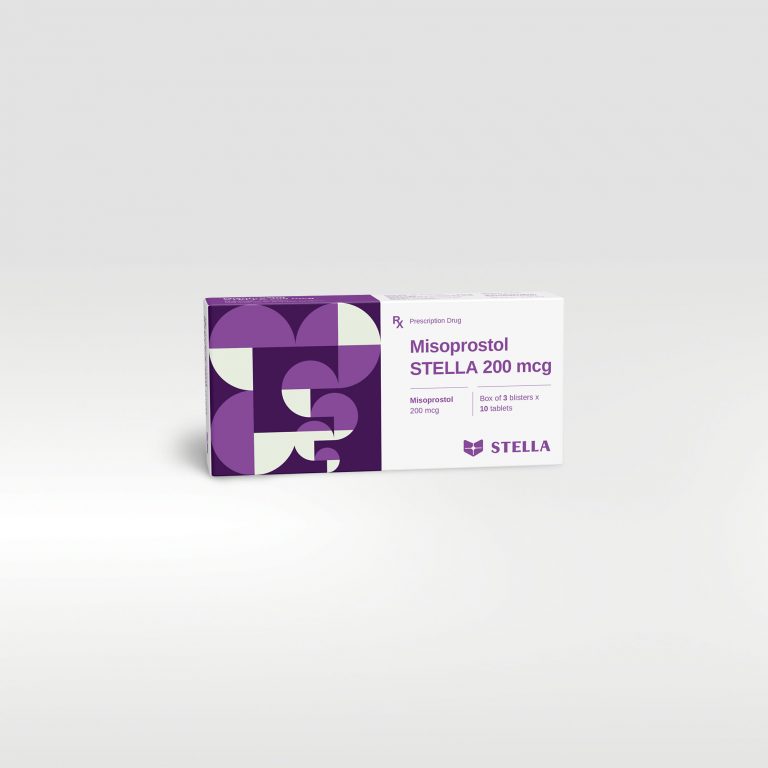Rabestad 20 Rx
Rabeprazole is a proton pump inhibitor (PPI) that suppresses the final step in gastric acid production.
| Pack size | Box of 30 tablets |
| Shelf-life | 24 months |
| Composition | Rabeprazole sodium |
| Dosage forms and strengths | Enteric-coated tablet: 20 mg |
Product code :










